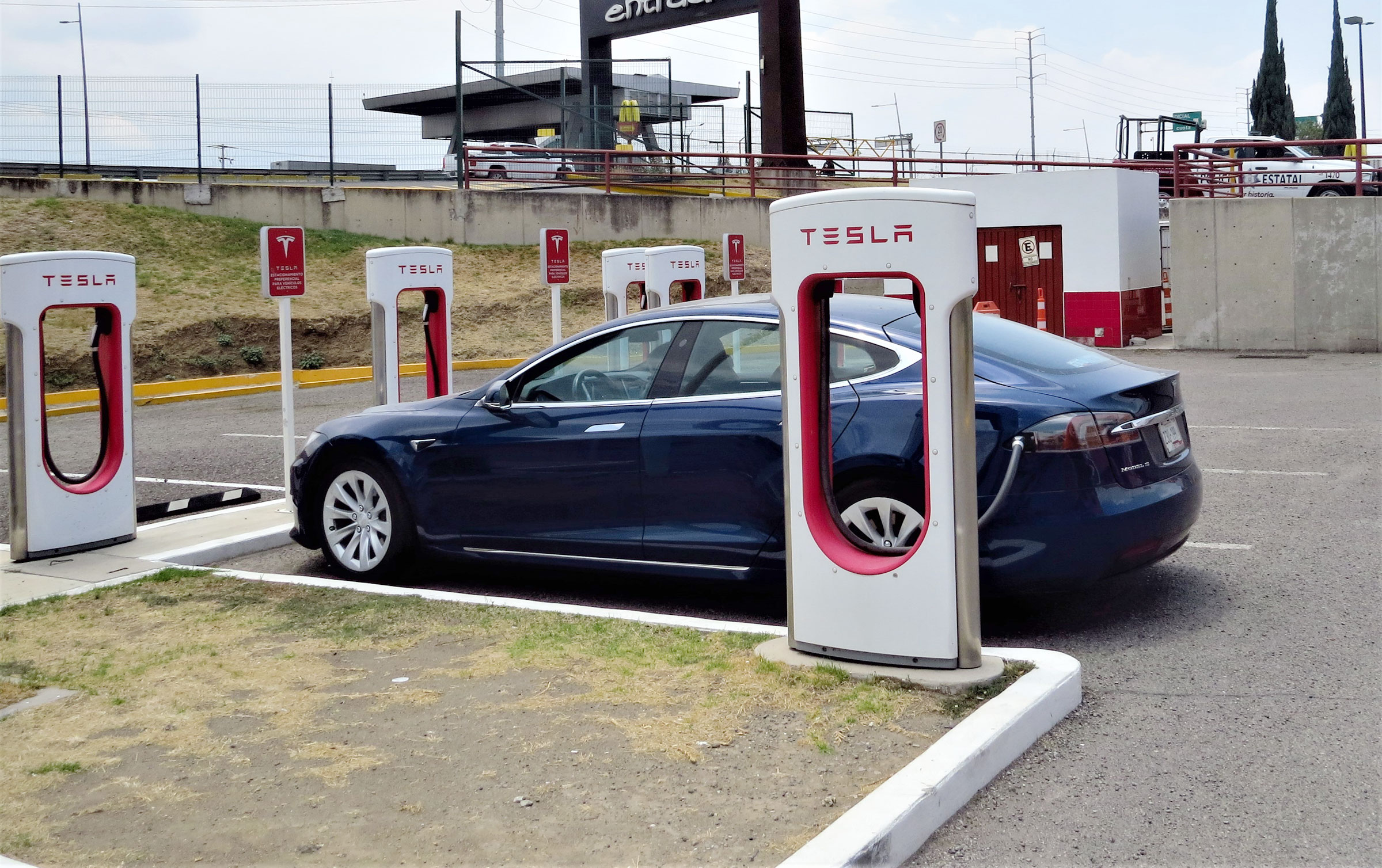Activists from Mexico are decrying the plan as a prime example of “colonial extractivism.”
People were lining up with buckets to get water from a truck last year in Monterrey, Mexico, as two of the city’s three dams almost completely dried up. Now Tesla has plans to build a huge electric car “gigafactory” in that same water-insecure city.
A gigafactory is Tesla’s term for its massive assembly and parts plants. The Monterrey one will be built on 4,200 acres — twice the size of the company’s Texas plant, and around the size of three small towns. While the electric vehicles (EVs) that Tesla builds are meant to ease car pollution, the company is passing the water consumption and the high pollution resulting from its manufacturing process on to Mexico. The cars will be sent to the U.S., as most Mexicans could never afford them.
The Tesla Gigafactory was announced in March, and CEO Elon Musk said it would be “the biggest electric vehicle plant in the world.” The goal is to build the factory this year and have it running next year. Tesla chose Monterrey, in Nuevo Leon state, because of its low-paid workforce, its proximity to its Austin, Texas, headquarters, and the presence of key suppliers nearby.
Last year, for three months, water was rationed for Monterrey residents — it was only available between 4 am and 10 am. People panicked and bought bottled water, to the point where only the smallest bottles were left in shops. Communal owners of ejidos (land owned by communities rather than by individuals or private corporations) protested the lack of water for small farmers and requested economic support because they weren’t able to water crops or feed their animals. Monterrey had “a 40 percent deficit in the necessary amount of water,” Monterrey resident Ismael Aguilar Benítez told Truthout. Specializing in water management, he is a researcher with the Urban and Environmental Studies Department of the Northern Border College (Colef).
“Tesla is aiming to build around a million vehicles, and in one of its reports, it says that it uses 3 cubic meters of water per vehicle, so that’s around double the amount of water than the Texas factory,” he said.
...

